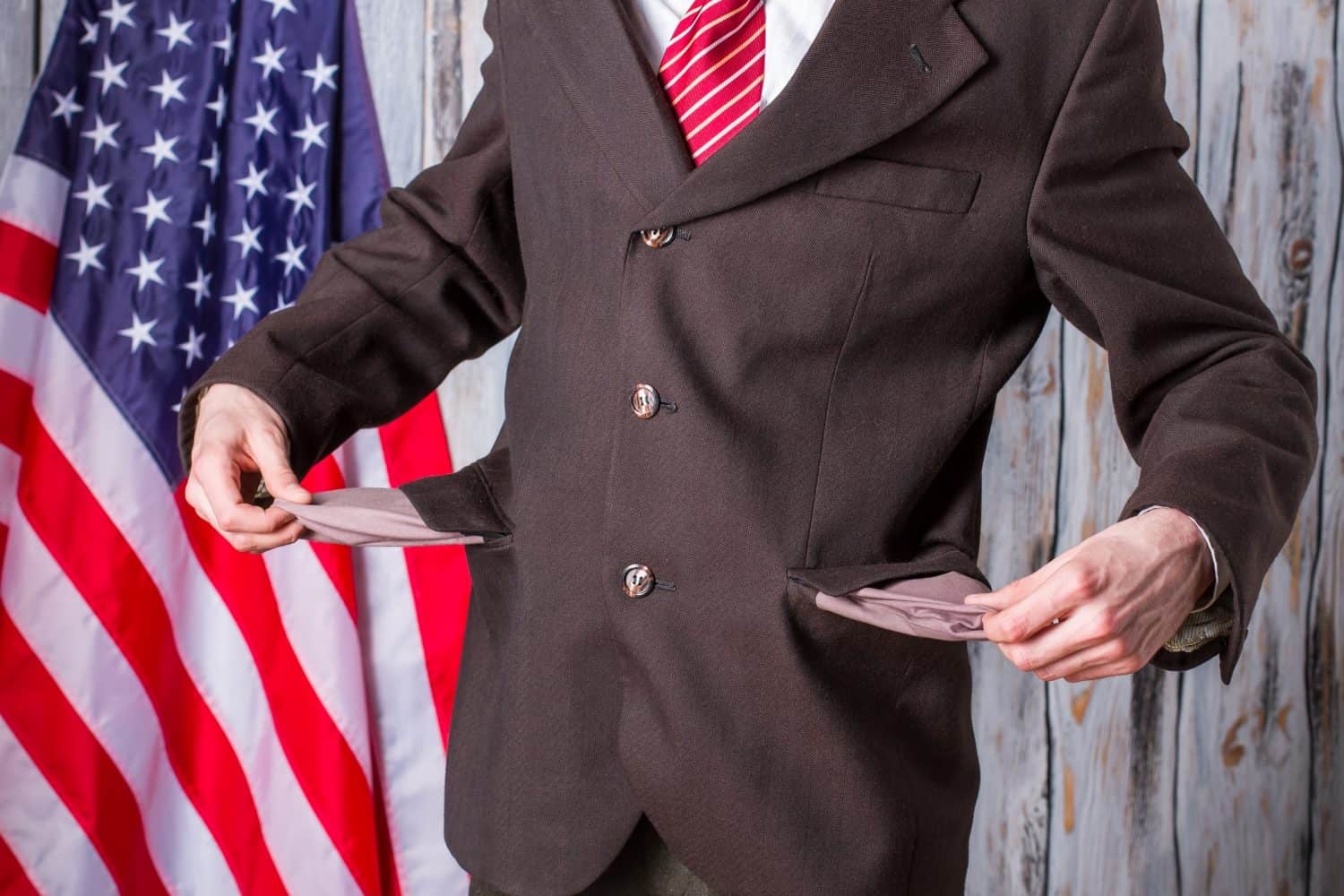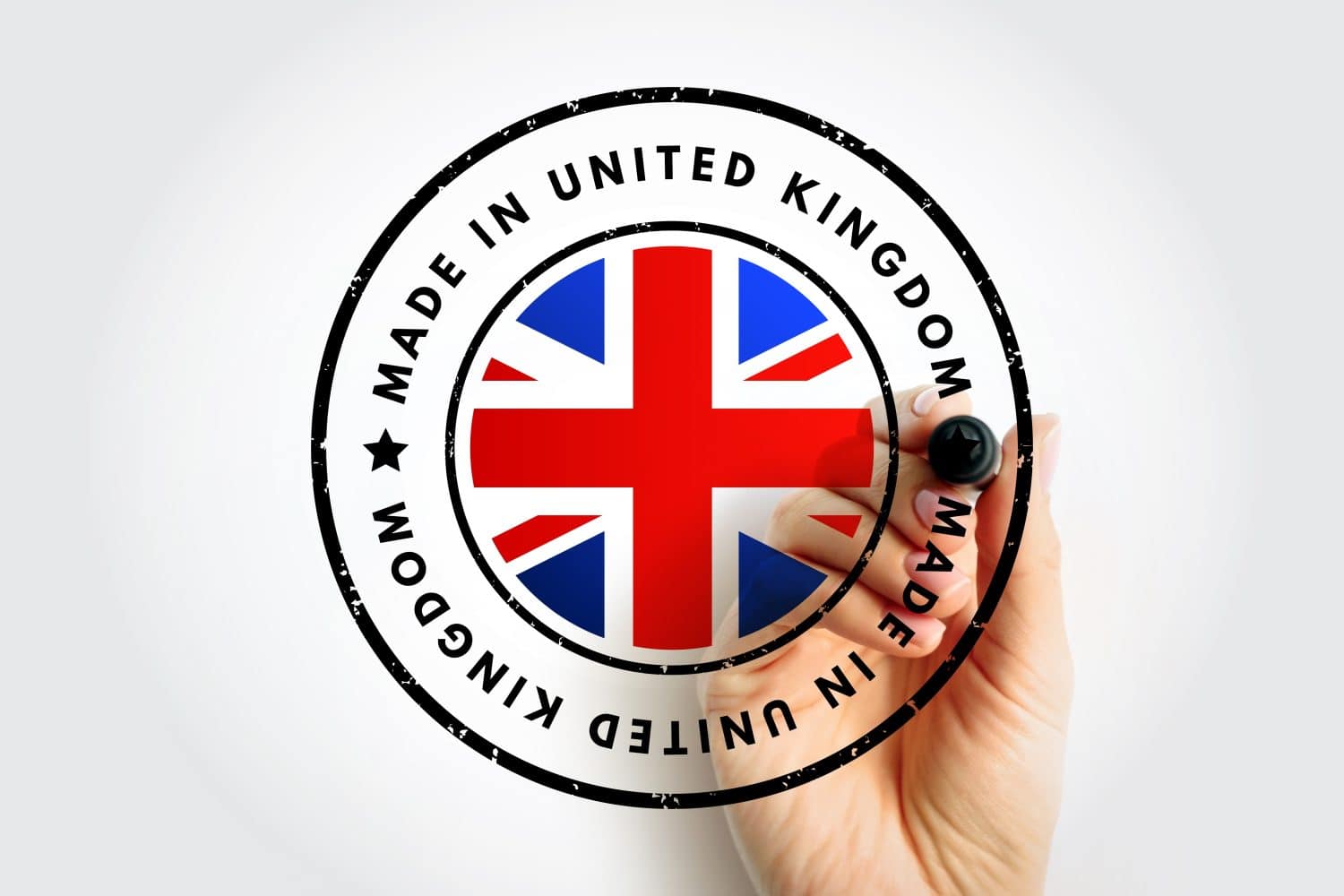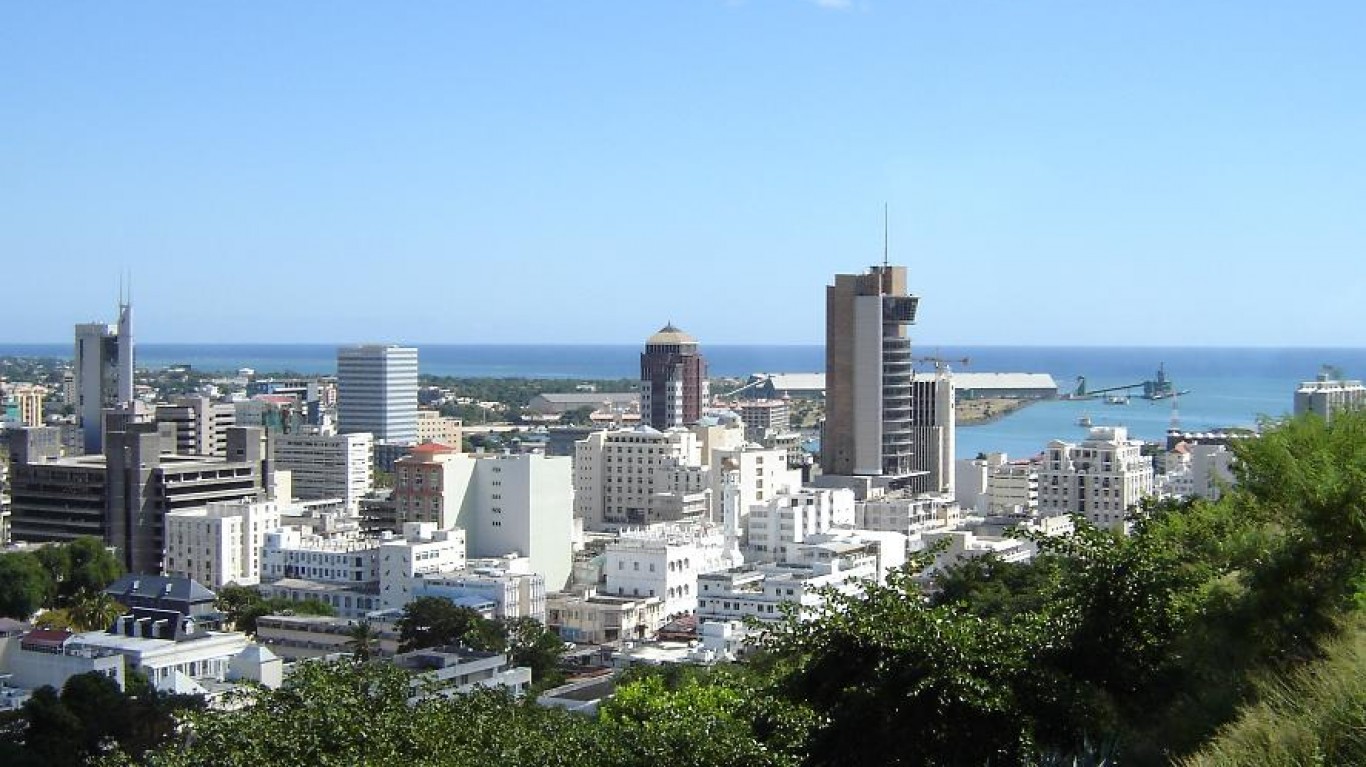Banking, finance, and taxes
America's National Debt Is Surging - but These Countries Look a Lot Worse

Published:

The current United States national debt is $35.8 trillion and increasing by another trillion dollars every 100 days from spending and interest, no matter who is president. To make those numbers even more shocking: this means the debt increases by nearly $100,000 a second. It’s enough to pay off the mortgages of 86,000 families a day. These statistics are profoundly disturbing, yet many countries are doing quite a bit worse off, even if the total amount they owe is not as large as the United States.
24/7 Wall St. Insights

The simple fact is, the country spends more money than we take in. Some of the issues that are driving this overspending are retirement and medical benefits for the large retiring Baby Boom generation, high costs for healthcare, and a tax structure with loopholes for the wealthy.

In 2023, the United States took in about $4.4 trillion a year in tax revenue but spends about $6.1 trillion.

These were the largest expenditures in the U.S. budget in 2023:

Presidents are often blamed for budget deficits, but under the Constitution, Congress has control of the country’s spending. The president proposes a budget, but Congress decides what to keep and what to drop. The president can veto a budget they don’t like, but Congress can override that veto of they have the votes. However, it is difficult for politicians to make potentially career-ending choices to cut spending, but not hard to find ways to increase it to please segments of voters.

Baby Boomers
Something that will change through demographics is the passing of the Baby Boom generation in the coming decades. This will reduce expenditures for the government’s retirement and health care programs, which collectively are by far the largest budgetary item.
Healthcare Reform
If the country were to reach consensus on reforms to our healthcare system to bring costs down to a reasonable level, this may be the single most beneficial thing not only for the budget deficit, but the entire economy.
A Peace Dividend?
Finally, another major area of question is the international situation. If future administrations are able to neutralize or negotiate with our enemies abroad, it would be possible to spend less on defense. But don’t bet on it.

The U.S. Department of the Treasury issues treasury securities with a fixed term and interest rate that must be repaid. Individuals, corporations, banks, and the treasuries of other countries purchase these securities as a safe investment with a reliable return. The foreign countries the U.S. owes the most to are Japan, China, the UK, Belgium and Luxembourg.

Getting the debt under control requires politically unpopular measures, like raising taxes on some portions of the population, lowering spending on popular programs people depend upon, and figuring out a solution to out-of control medical costs. Politicians who take on these issues quickly become unpopular with a large portion of voters and with powerful special interest groups, such as pharmaceutical companies, defense contractors, and advocacy groups for the elderly and other demographics. If one administration is able to make progress toward this goal, the next one can easily undo it by over-promising expanded programs to the electorate for votes.

Completely paying off the national debt is not really on anyone’s agenda. Most countries carry some debt and as long as it is not overwhelming, it can be a useful tool for a country to finance critically necessary programs or projects or get through a crisis such as a war or an economic downturn. And the U.S. debt is so large now, it would take a century or more of fiscal austerity or astronomical economic growth to pay it off, both of which are fantasy.

The United States debt is far larger than any other country in the world. The next highest debt is held by the 27 countries of the European Union as a whole, with $17.8 trillion. Many of these countries also have their own separate individual national debts. Here are the next highest debts held by individual countries:

Imagine two people owe you money. Naomi owes you $100 and James owes you $10. That means Naomi’s debt is a much bigger problem than James’ debt, right? Well, Naomi is a corporate VP with a couple of thousand dollars in her purse while James homeless and has a quarter that he found on the street. Now which debt is the bigger problem?
In terms of the sovereign debt, what matters is not just how much the debt is, but how much it is as a percentage of a country’s Gross Domestic Product (GDP), the total value of the goods and services produced in a country. This is one indication that a country is carrying a debt load that is too large for the size of its economy.

As of June 2024, the debt-to-GDP ratio of the U.S. national debt was 123%. That means the debt is about the same as all the money generated by all the work everyone in the country did for 15 months. Now, by this more telling measurement, let’s count down some countries that have it a lot worse.

The United Kingdom has a national debt of $9.8 trillion, or 281% of its GDP. This is more than twice the U.S. debt-to-GDP ratio of 123%.

The Netherlands owes $4.26 trillion, which is 373% of the country’s GDP

The city-state of Singapore at the tip of the Malay Peninsula owes $2 trillion, which is the equivalent of 381% of its GDP.

Hong Kong was never an independent country. A former British colony, it was returned to China in 1999. China governs it under a policy called “one country, two systems” which allows the city to have separate financial policies, a separate currency (the Hong Kong dollar) and national debt. Hong Kong owes $4.26 trillion, or 373% of GDP.

With a debt of $186 billion, Cyprus has a debt equivalent to 543% of its GDP.

Ireland owes its creditors $3.22 trillion, or 571 percent of its gross domestic product.

This Mediterranean island country owes $219 billion. That’s 961.5% of the country’s annual GDP.

Mauritius is in debt to the tune of $197 billion, or 1,204% of their GDP.

Luxembourg owes $3.79 trillion, which is 4,279% of their annual GDP. Each citizen there would have to come up with an eye-watering $5.7 million to pay it off.

With a national debt of $18.4 billion, the Pacific island nation of Palau is the most heavily indebted country in the world on a per-capita basis. Their debt is 5,968% of their GDP. If the U.S. debt were that percentage of our GDP, it would equal $2.14 quadrillion dollars. The current U.S. debt works out to about $100,000 per citizen. However, Palau’s citizens would have to come up with over a million dollars apiece to pay off their debt.

Every heavily-indebted country on this list has a high standard of living. Even Palau and Mauritius are at a markedly higher standard of living than many other island nations in the Pacific and Indian Oceans. This doesn’t mean carrying a high national debt is at all a good thing or that it is not a serious problem to tackle. Interest payments on the debt could fund innumerable more beneficial things for the public. However, it does suggest that a country can sustain a very comfortable standard of living for its people at debt-to-GDP ratios vastly higher than what the United States has today. This will be a multi-generational problem to solve, and one that must be tackled seriously and thoughtfully in a way that benefits both current and future generations. A major problem, to be sure. A cause for panic? Not yet.
Start by taking a quick retirement quiz from SmartAsset that will match you with up to 3 financial advisors that serve your area and beyond in 5 minutes, or less.
Each advisor has been vetted by SmartAsset and is held to a fiduciary standard to act in your best interests.
Here’s how it works:
1. Answer SmartAsset advisor match quiz
2. Review your pre-screened matches at your leisure. Check out the advisors’ profiles.
3. Speak with advisors at no cost to you. Have an introductory call on the phone or introduction in person and choose whom to work with in the future
Thank you for reading! Have some feedback for us?
Contact the 24/7 Wall St. editorial team.